Traders on popular prediction markets sites Kalshi and Polymarket have signaled growing expectations that the U.S. government shutdown won't end soon. Instead, traders have opted to believe that it could extend well into October.
Key Takeaways
- Prediction market traders placed higher odds on the U.S. government shutdown lasting until mid-October
- Kalshi forecasts the stoppage lasting about 11.1 days, while Polymarket traders bet most heavily on Oct. 15 or later
- A prolonged closure could weigh on the economy and financial markets
On Kalshi, forecasts suggested the shutdown would continue for an average of 11.1 days. Polymarket, a decentralized competitor, showed traders heavily backing the scenario of a reopening on or after Oct. 15, assigning that outcome a 38% probability.
In contrast, the odds for a deal between Oct. 6 and Oct. 9 stood at 23% on Polymarket, while those for Oct. 10 to Oct. 14 were 22%. Only 14% of traders believed lawmakers would end the impasse in the Oct. 3 to Oct. 5 window.
The shutdown began early Wednesday after President Donald Trump and congressional leaders failed to secure a short-term funding agreement.
The closure has already triggered furloughs for hundreds of thousands of federal employees and the suspension of numerous government services. Bank of America data showed past shutdowns averaged 14 days, with the S&P 500 historically rising about 1% during these periods.
Enjoying Covers content? Add us as a preferred source on your Google account
Kalshi extends market share in September
In September, Kalshi recorded one of its strongest performances in nearly a year, surpassing $1.3 billion in trading volume compared to Polymarket's $773 million, according to The Block Data Dashboard. The regulated exchange said it accounted for 62.2% of global prediction market volume, up sharply from just 3.1% a year earlier.
The last time Kalshi crossed over the billion-dollar mark of monthly volume was in November 2024 during the U.S. elections.
Kalshi recorded that demand rose even though both platforms recorded a decline following the last election period. Analysts recorded that prediction markets were getting back on track, with platforms such as Coinbase and Robinhood seeing a chance to gain their users who bet on event outcomes.




















